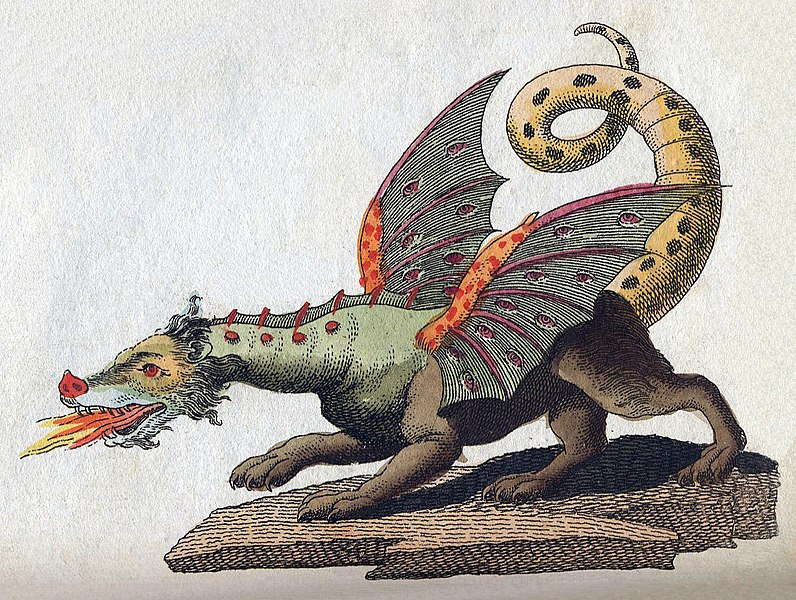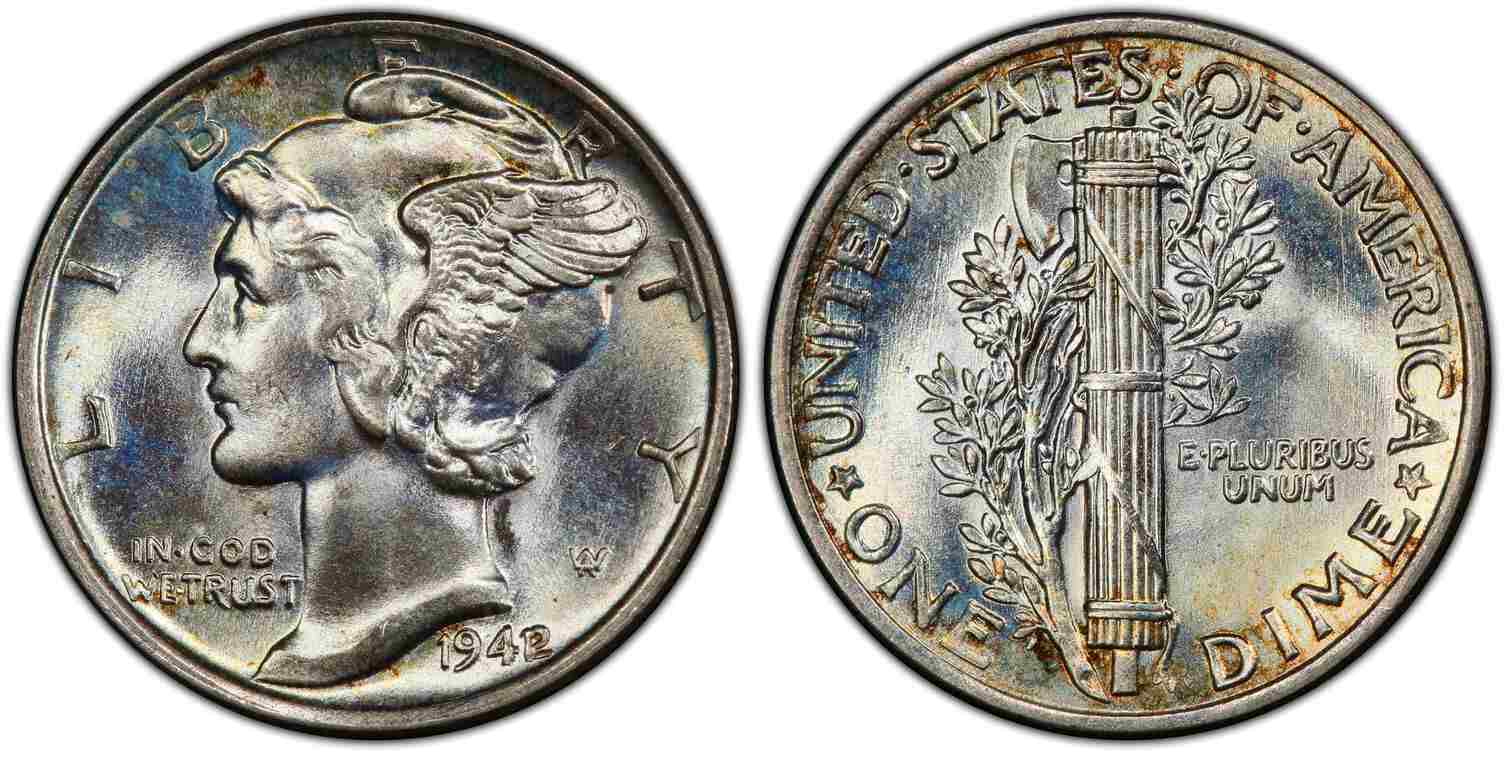Goat breeds around the world offer a fascinating glimpse into the diversity of nature. While some breeds are common and well-known, others remain incredibly rare, often due to their unique traits, specific habitat requirements, or historical significance. This article explores 18 of the rarest goat breeds, highlighting their distinct characteristics, origins, and the efforts being made to preserve them. From the hardy Altai Mountain goat to the elegant Golden Guernsey, each breed brings something special to the tapestry of global goat genetics.
Arapawa Goat

Originating from Arapawa Island in New Zealand, the Arapawa goat is one of the world’s rarest breeds. This goat is known for its hardiness and ability to thrive in harsh environments. Arapawa goats are small to medium-sized with a distinct coloration, often black or brown with white patches. They are considered a national treasure in New Zealand due to their unique genetic makeup and historical significance.
San Clemente Island Goat

The San Clemente Island goat hails from the Channel Islands of California, specifically San Clemente Island. This breed is small and agile, with a variety of coat colors ranging from reddish-brown to black. These goats were once nearly extinct, but conservation efforts have helped their numbers slowly increase. They are valued for their genetic purity and unique characteristics.
Valais Blackneck
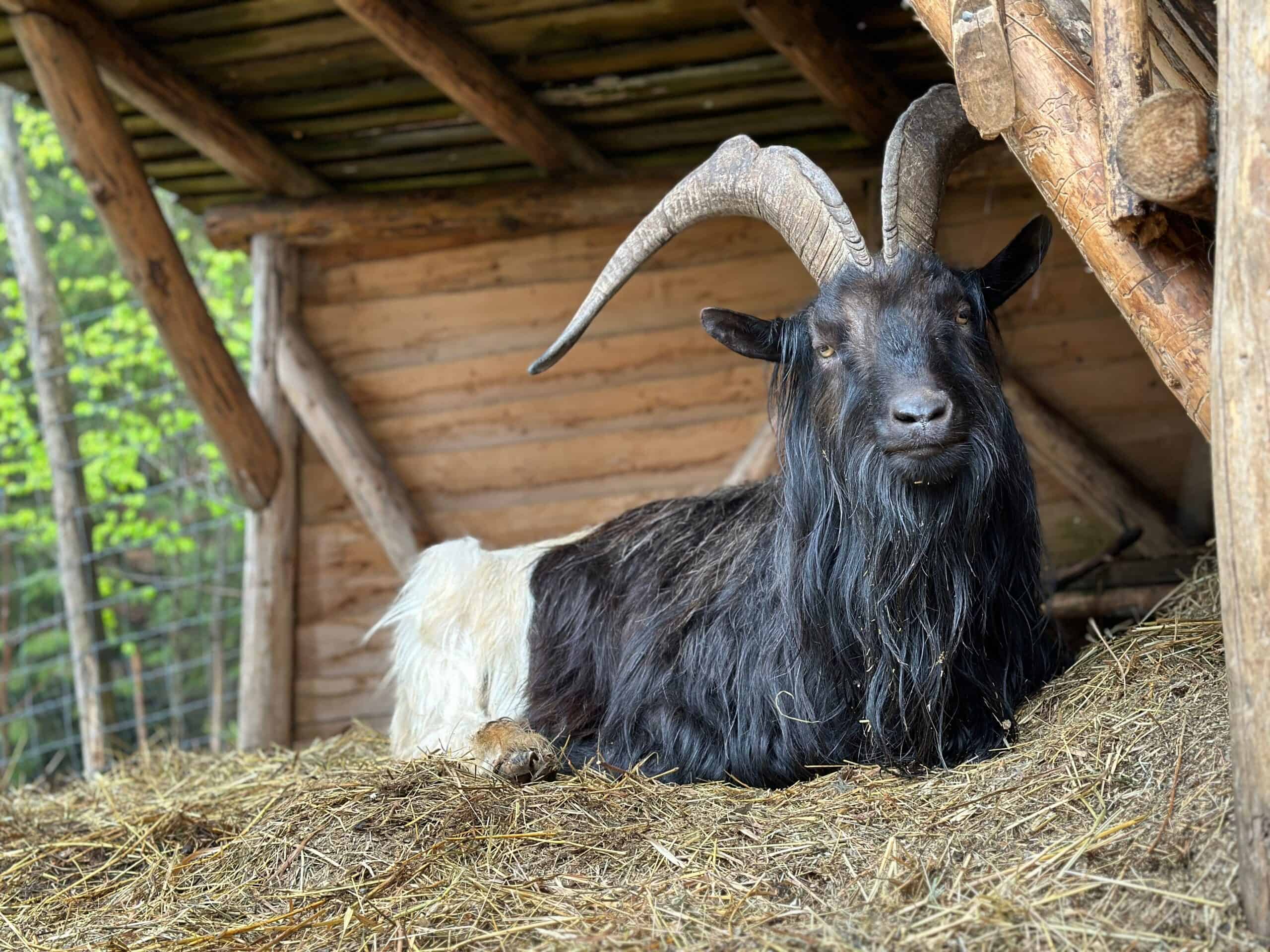
Originating from the Valais region in Switzerland, the Valais Blackneck goat is renowned for its striking appearance, featuring a black front half and a white rear half. This breed is robust and well-suited for mountainous terrain. Valais Blacknecks are primarily kept for their milk and meat, but their rarity makes them a valuable genetic resource for conservation.
Myotonic (Tennessee Fainting Goat)
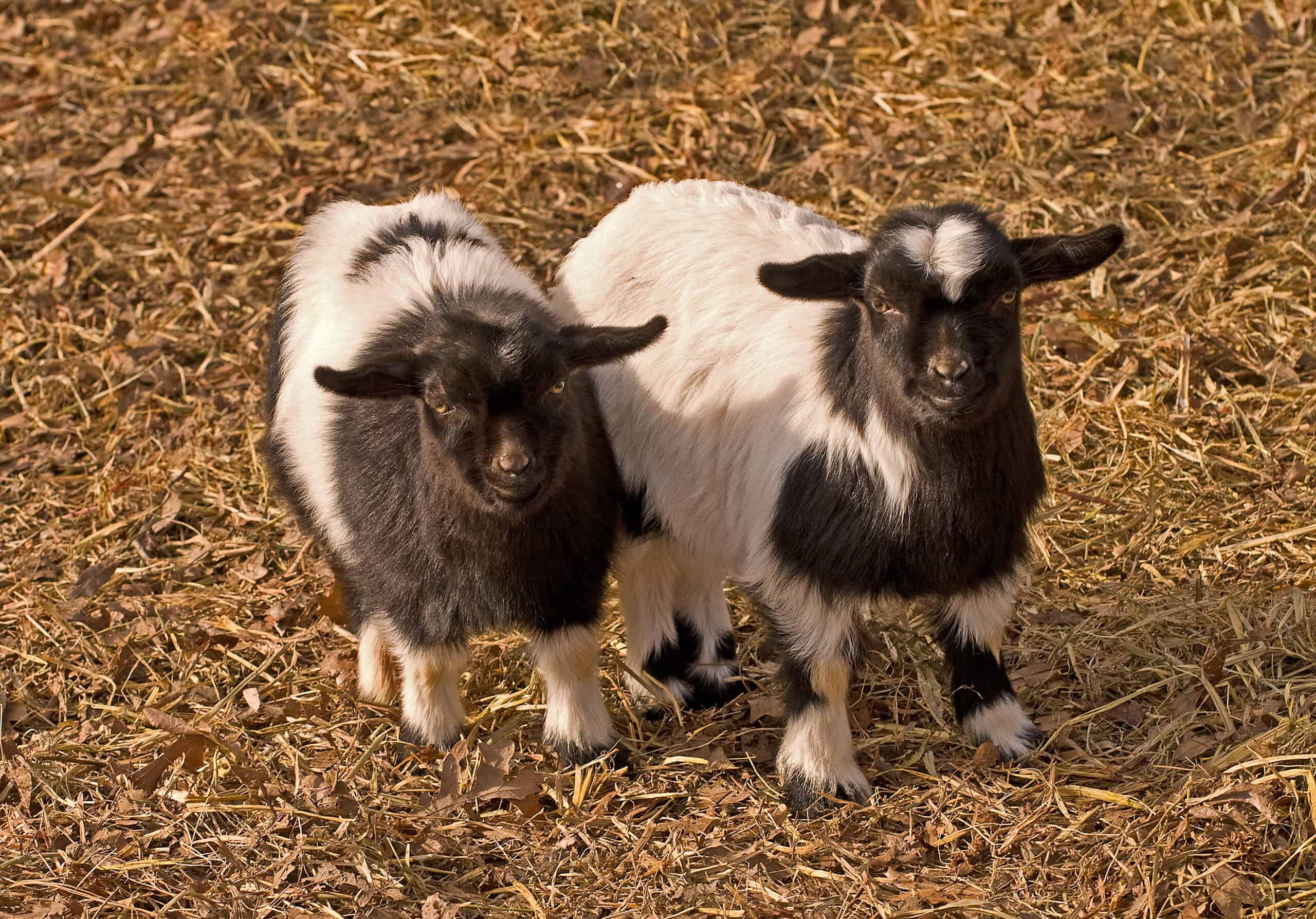
Known for their unique trait of “fainting” when startled, Myotonic goats, or Tennessee Fainting goats, are among the rarest breeds in the world. They have a genetic condition called myotonia congenita, which causes their muscles to stiffen momentarily. These medium-sized goats have a friendly disposition and are often kept as pets or for show.
Bagot Goat
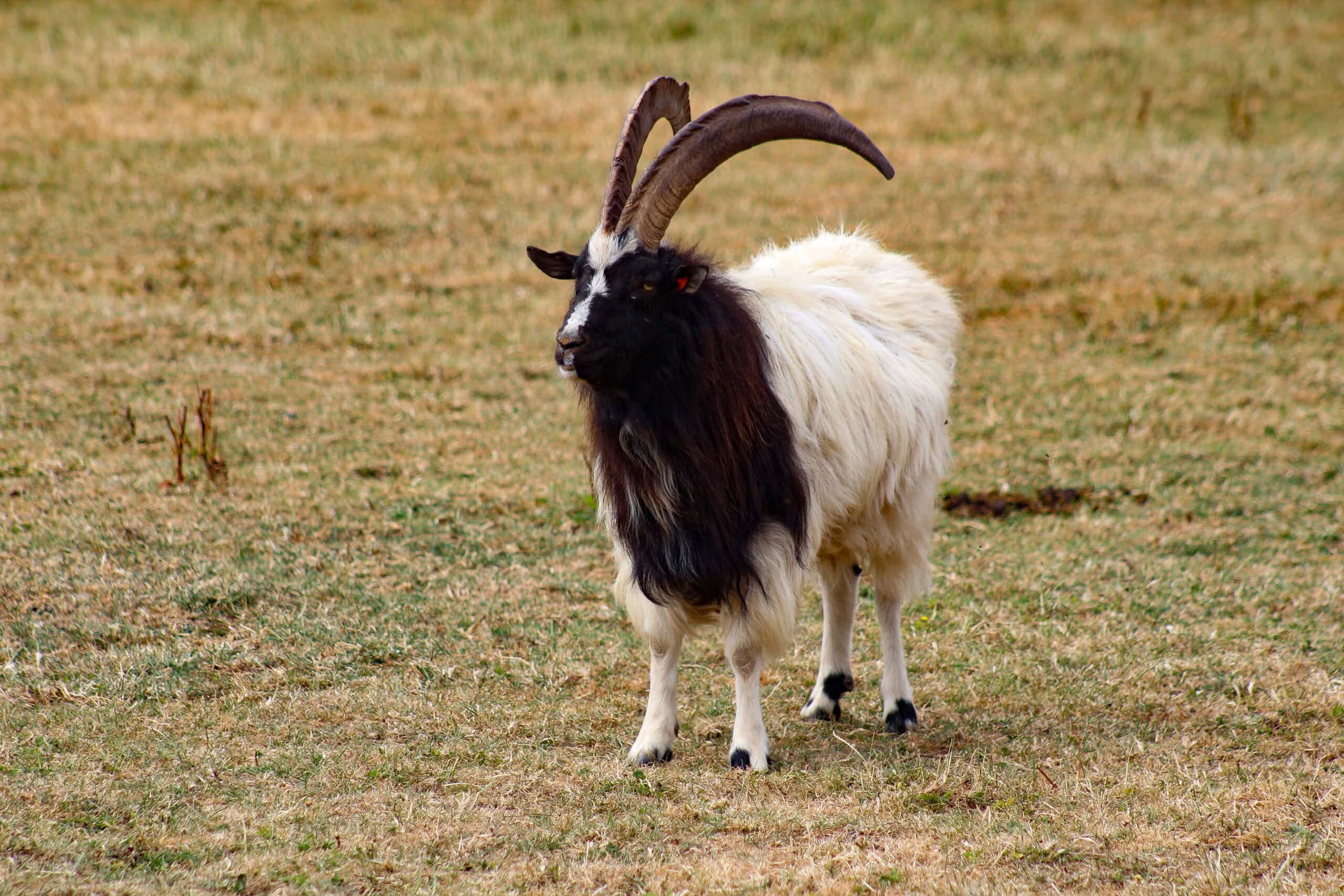
The Bagot goat is one of the oldest and rarest goat breeds in Britain, with a lineage dating back to the 1380s. This breed is characterized by its black and white coat, long horns, and hardy nature. Bagot goats are primarily used for conservation grazing due to their ability to thrive on sparse vegetation.
Girgentana Goat
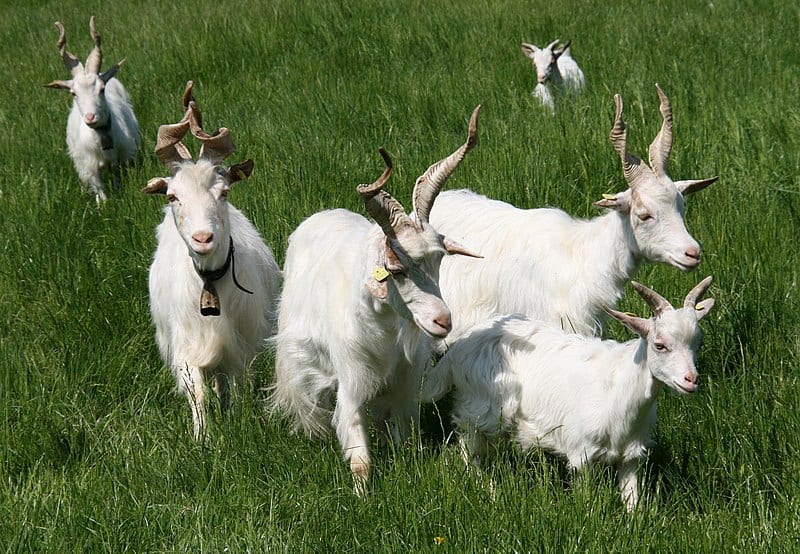
Originating from Sicily, Italy, the Girgentana goat is distinguished by its long, twisted horns and unique appearance. This breed is rare and primarily kept for its high-quality milk, which is used to produce specialty cheeses. Girgentana goats are medium-sized and known for their friendly and docile nature.
Skudden Goat
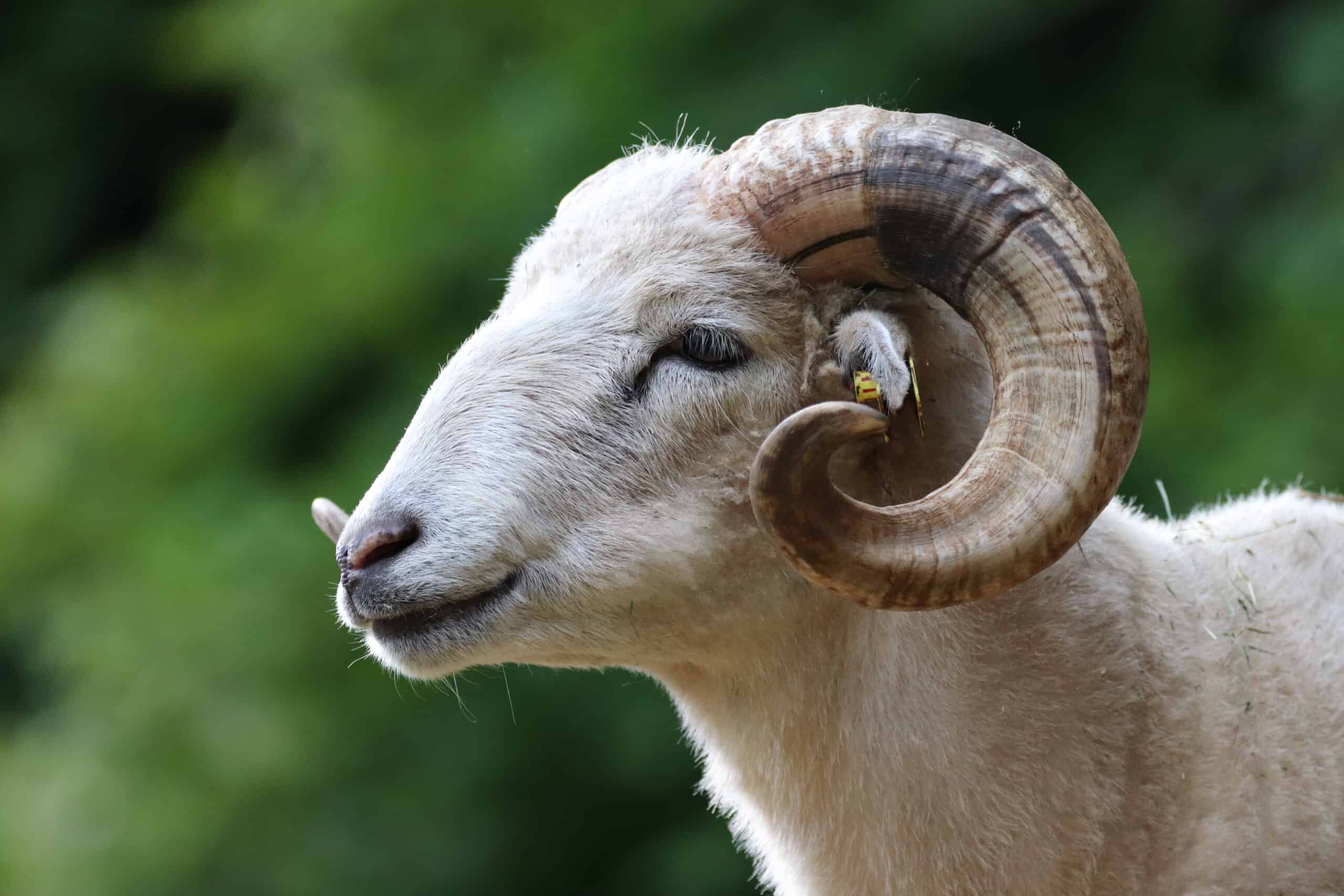
The Skudden goat is a rare breed from the Baltic region, particularly Estonia. It is a small, hardy breed known for its adaptability to harsh climates and poor grazing conditions. Skudden goats have a variety of coat colors and are primarily kept for their milk and meat, although their rarity has led to increased conservation efforts.
Lamancha Goat
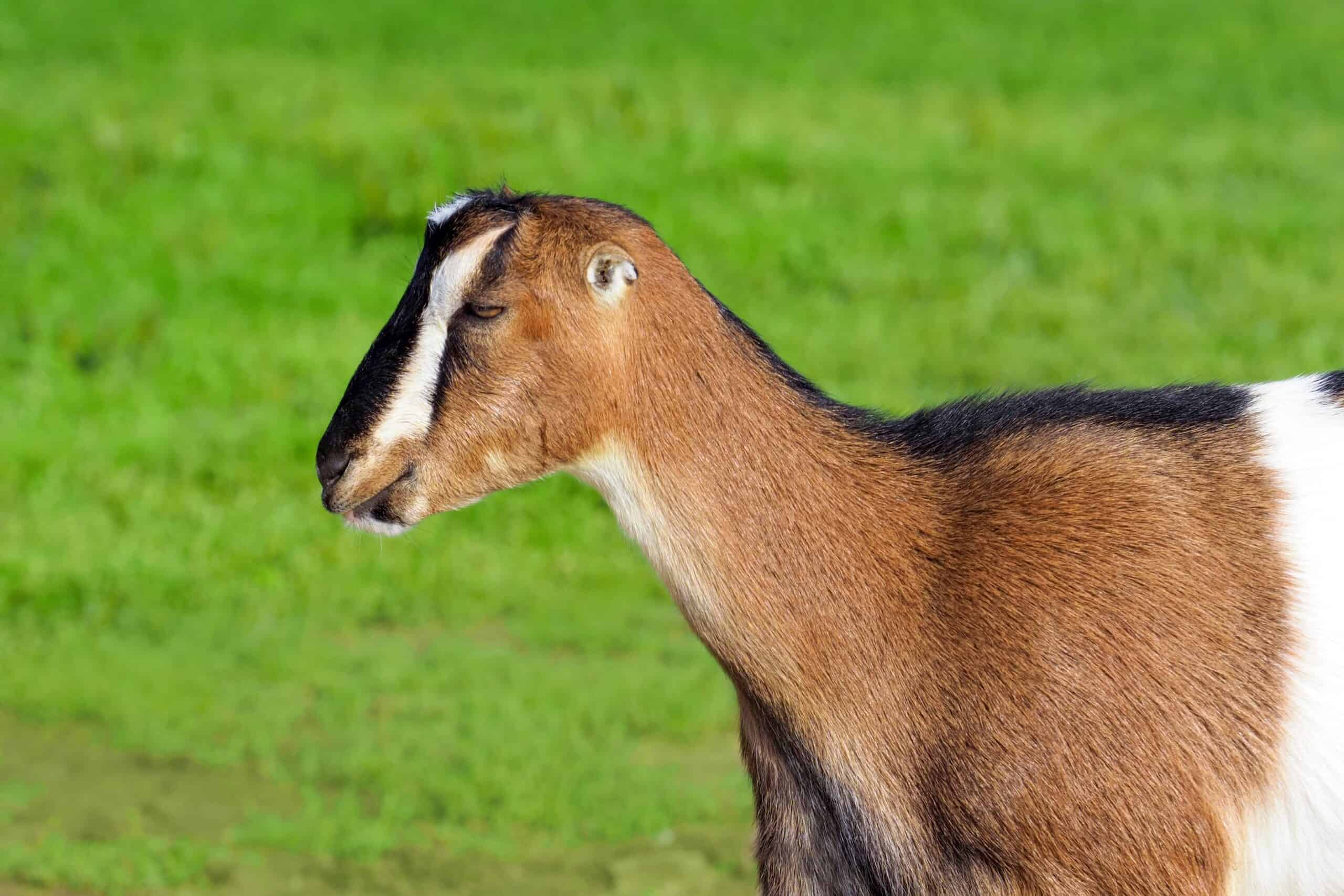
Lamancha goats are easily recognized by their very short ears, a trait that sets them apart from other breeds. Originating from the United States, they are a relatively new breed but are considered rare due to their unique characteristics. Lamancha goats are excellent dairy producers, known for their high milk yield and friendly temperament.
Chamois Coloured Goat
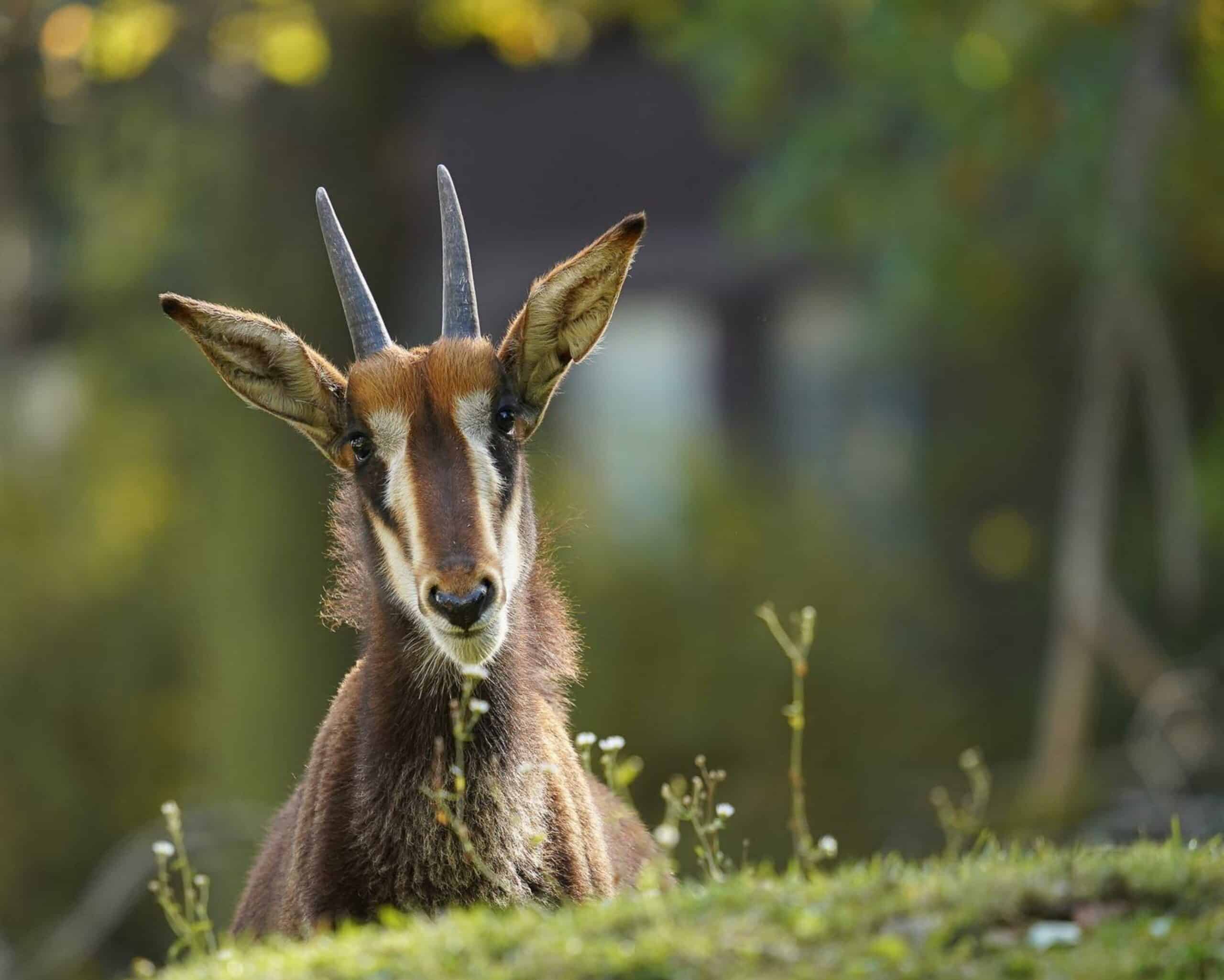
The Chamois Coloured goat, also known as the Chamoisee, is a rare breed from the Swiss Alps. This breed is named for its chamois-like coloration, featuring a rich brown coat with black facial markings, legs, and dorsal stripe. Chamois Coloured goats are well adapted to mountainous regions and are prized for their milk and meat.
Irish Goat
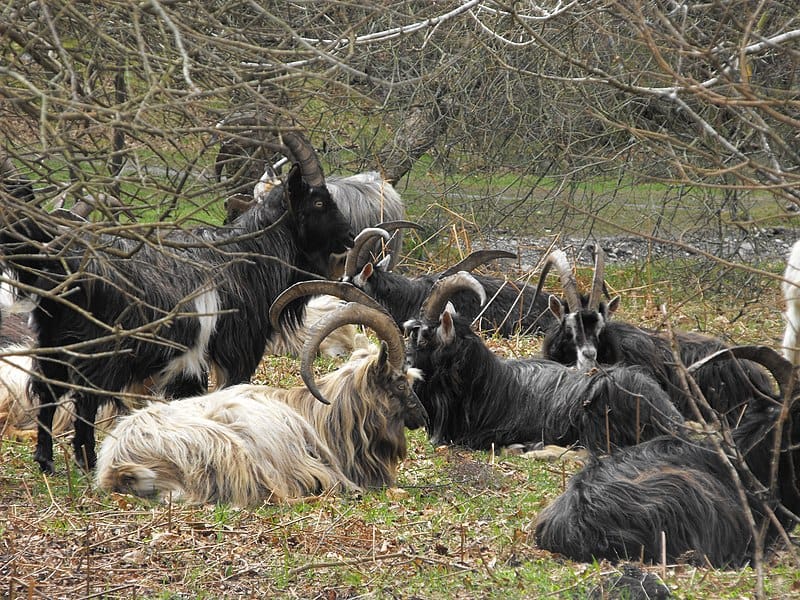
The Irish goat is one of the oldest and rarest breeds in Ireland. Known for their rugged appearance and hardy nature, these goats are well-suited to the harsh Irish climate. Irish goats have long, coarse hair that can be a variety of colors, and they are primarily kept for conservation purposes and to maintain genetic diversity.
Golden Guernsey Goat
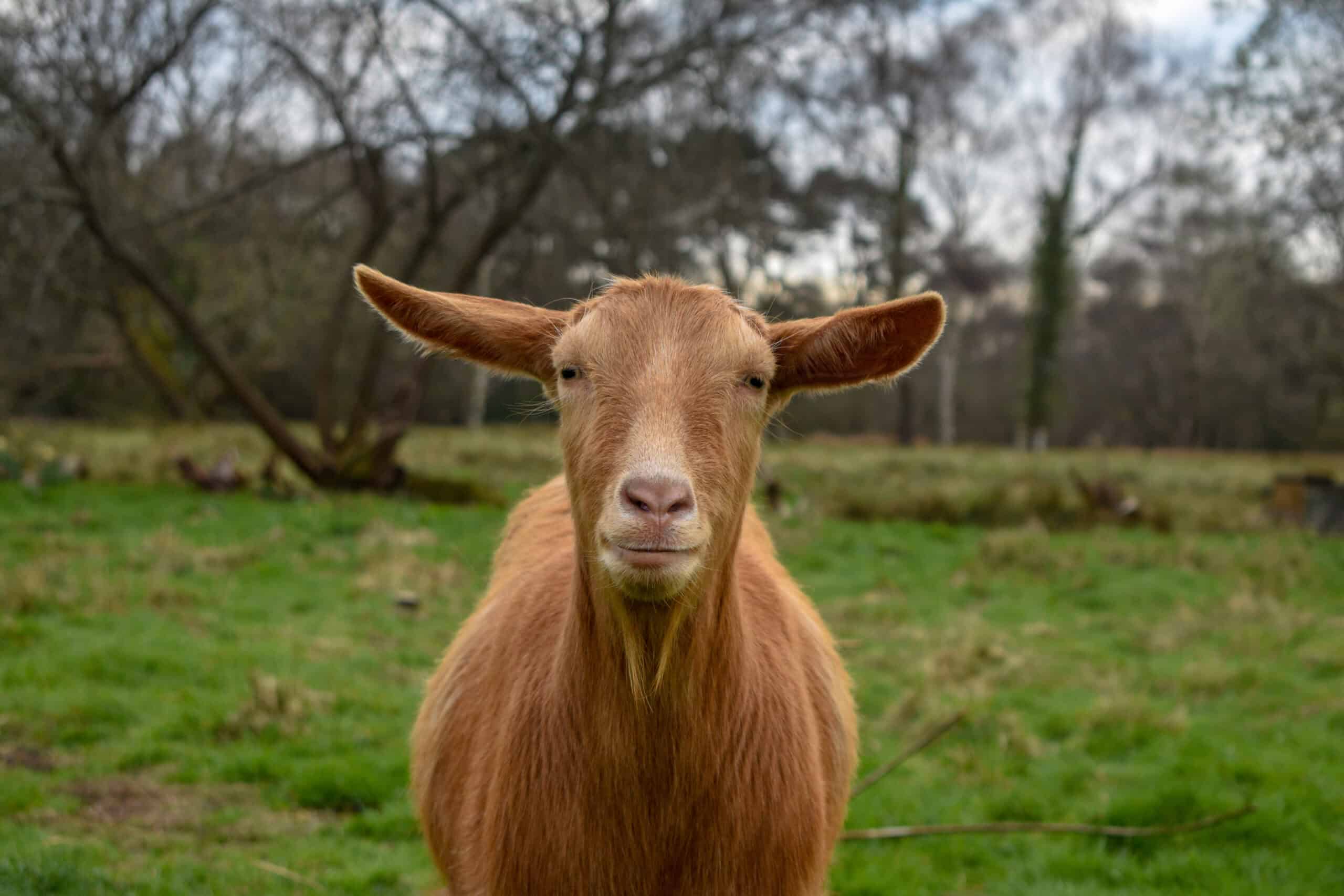
The Golden Guernsey goat is a rare breed from the Channel Islands, specifically Guernsey. This breed is characterized by its golden-colored coat and gentle disposition. Golden Guernsey goats are excellent milk producers, known for their rich, creamy milk. Their rarity has led to concerted conservation efforts to preserve the breed.
Sable Goat

The Sable goat is a rare breed that originated in the United States from Saanen goats. They are distinguished by their solid-colored coats, which can range from dark brown to black, unlike the white Saanen. Sable goats are excellent milk producers, and their rarity makes them a valuable genetic resource for breeding programs.
Nigora Goat
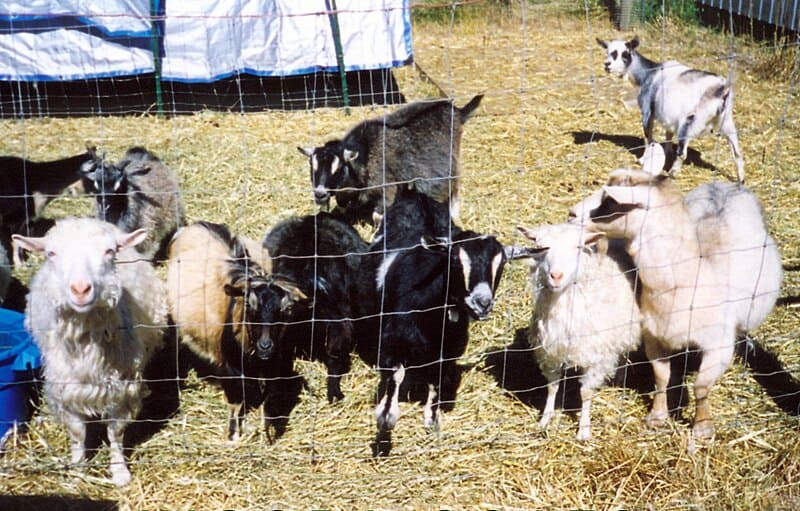
The Nigora goat is a relatively new and rare breed that combines the characteristics of Nigerian Dwarf goats and Angora goats. This small to medium-sized breed is known for its dual-purpose nature, producing both milk and fiber. Nigora goats have a variety of coat colors and textures, making them a versatile and valuable addition to any farm.
Altai Mountain Goat
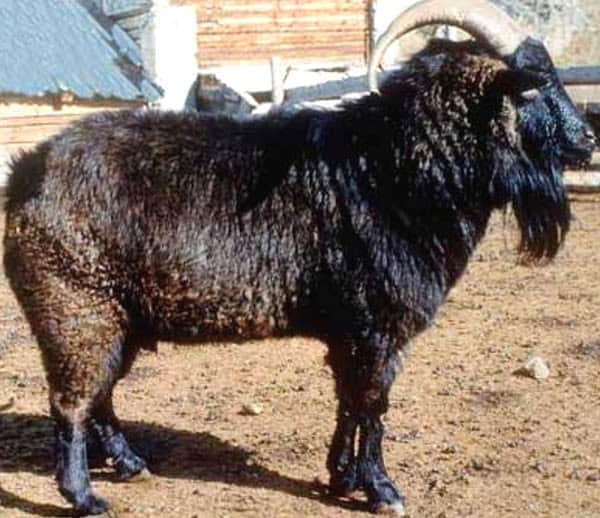
The Altai Mountain goat is a rare breed native to the Altai Mountains in Central Asia. These goats are well adapted to high-altitude environments and are known for their hardy nature and excellent climbing abilities. Altai Mountain goats have thick, coarse hair that helps them survive in cold climates, and they are primarily kept for their meat and hides.
Xinjiang Goat
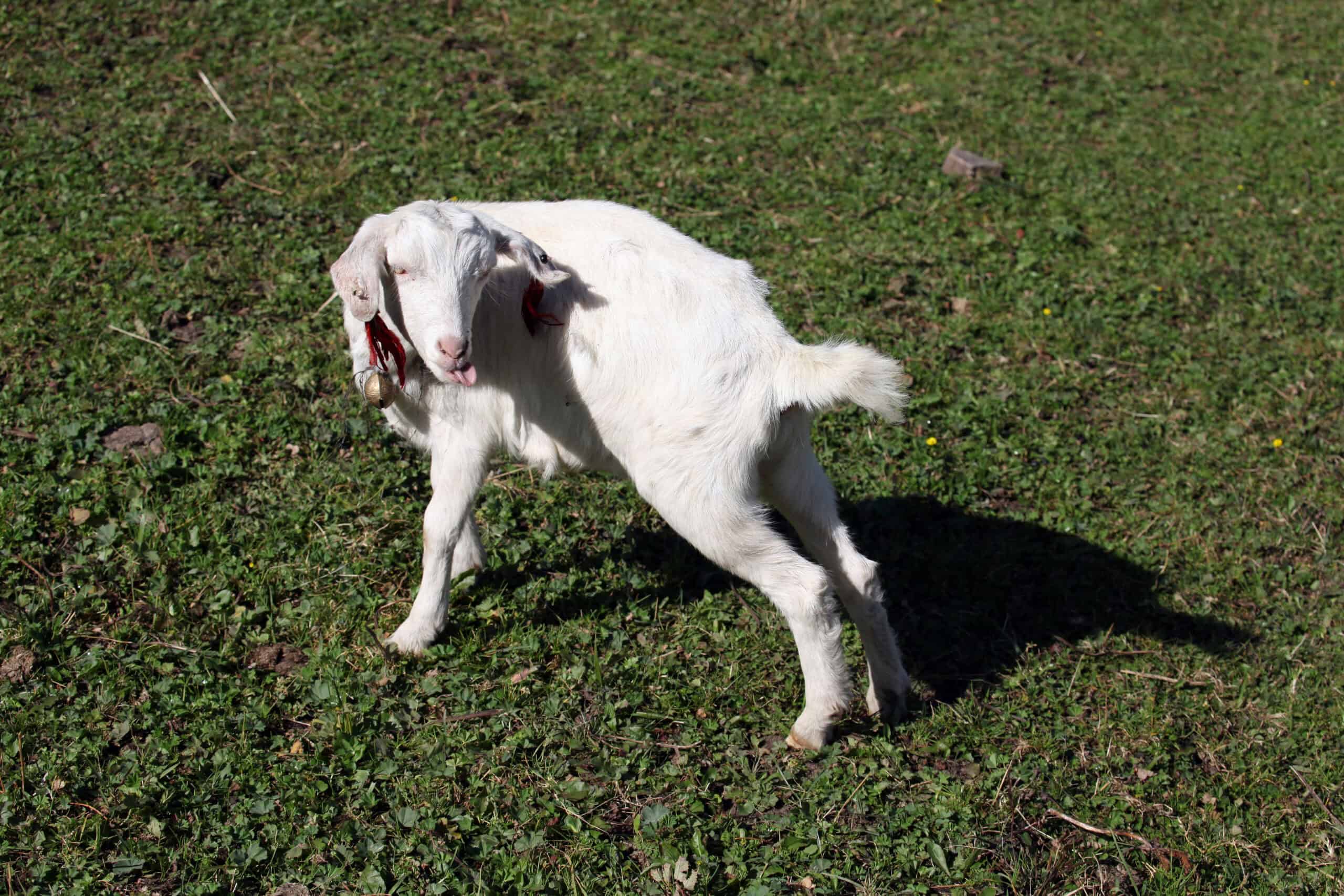
Originating from the Xinjiang region of China, the Xinjiang goat is a rare breed known for its high-quality cashmere wool. These goats are well adapted to the harsh desert climate of Xinjiang and are prized for their fine, soft undercoat. Xinjiang goats are small to medium-sized and come in a variety of colors.
Kiko Goat
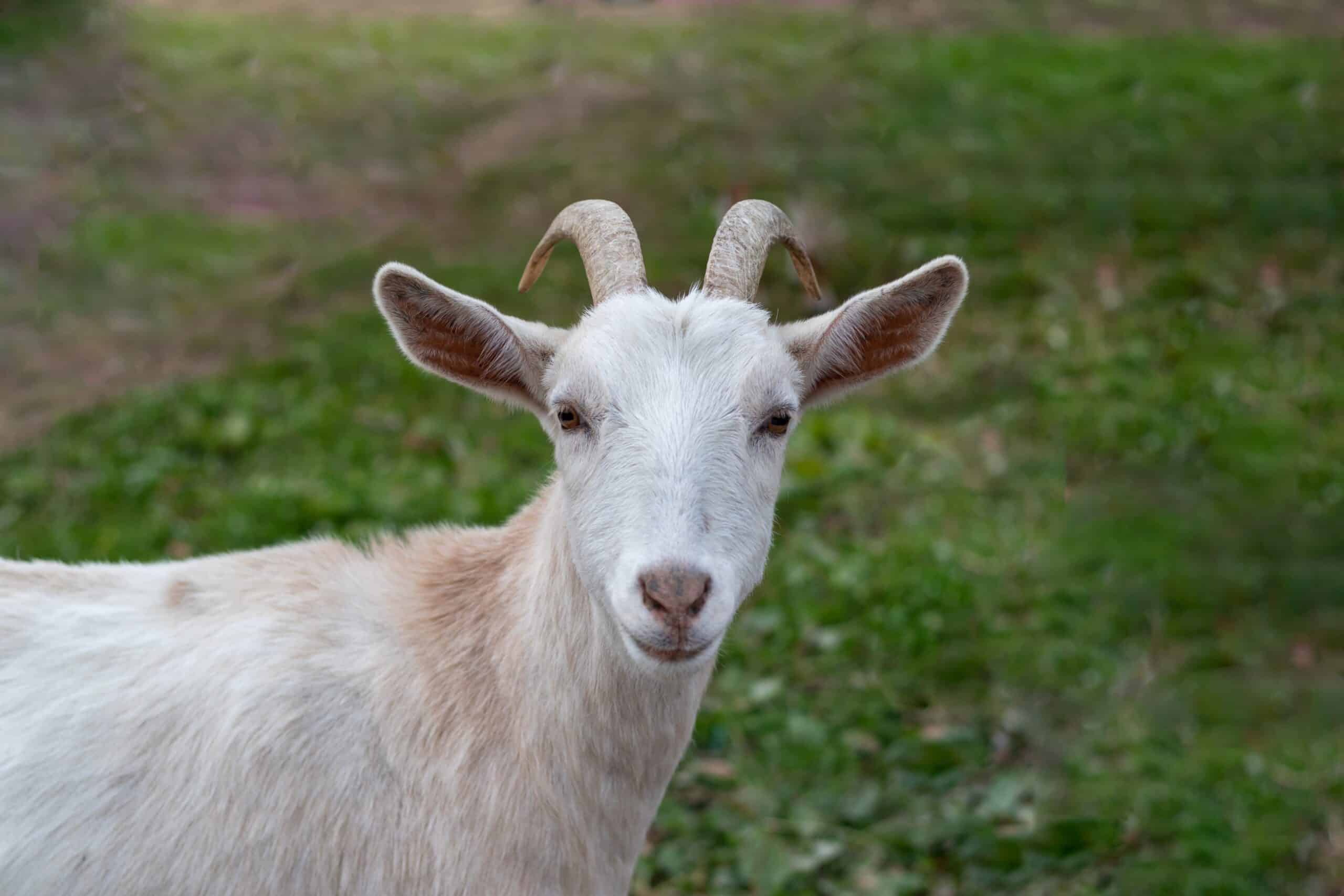
The Kiko goat is a rare breed that originated in New Zealand, developed from feral goats and selected for their hardiness and meat production. Kiko goats are medium to large-sized and come in a variety of colors. They are known for their rapid growth, excellent meat quality, and ability to thrive in tough conditions.
Toggenburg Goat

The Toggenburg goat is one of the oldest and rarest dairy breeds, originating from the Toggenburg Valley in Switzerland. This breed is characterized by its solid fawn to chocolate-colored coat with distinct white markings on the face and legs. Toggenburg goats are known for their high milk production and gentle temperament, making them a valuable addition to any dairy farm.
Boer Goat

Although the Boer goat is well-known in some regions, it remains rare in others. Originating from South Africa, this breed is prized for its meat production and rapid growth. Boer goats are large and robust, with distinctive white bodies and reddish-brown heads. Their hardiness and high meat yield make them a valuable breed, though they are still considered rare in certain parts of the world.
This article originally appeared on Rarest.org.
More From Rarest.Org
Mythical creatures have fascinated humanity for centuries, weaving their way into the fabric of folklore and storytelling across the globe. From the majestic dragons of China to the elusive Bigfoot of North America, these beings captivate our imaginations and embody the mysteries of the unknown. Read more.
Musical instruments have a way of capturing our imaginations, not just through their sounds but also through their unique histories and designs. Among the myriad instruments that have graced stages and studios, some stand out due to their rarity and the remarkable craftsmanship behind them. Read more.
The Mercury dime is often considered one of the most beautiful coins ever released by the US Mint. These ten-cent coins were produced between 1916 and 1945. In 1916, the United States Mint held a competition among three sculptors to design new dime, quarter, and half-dollar. Read more.

